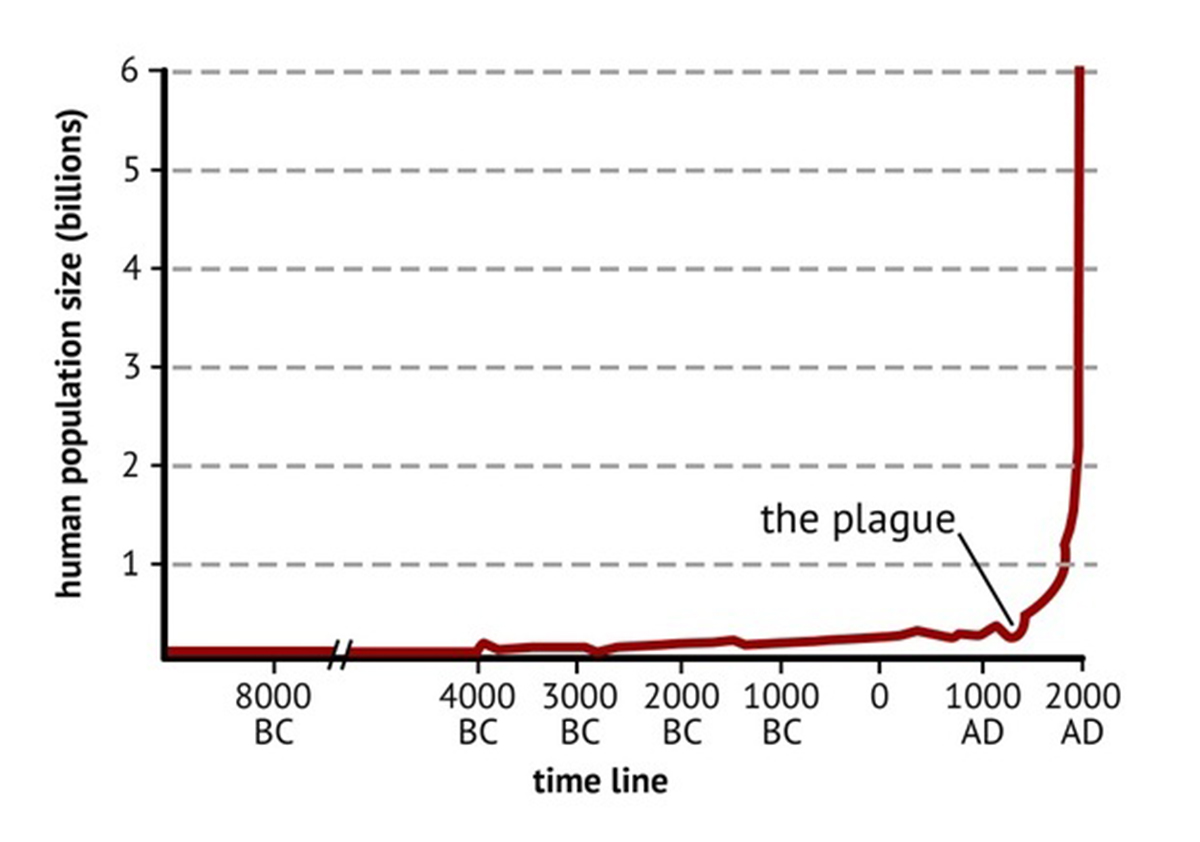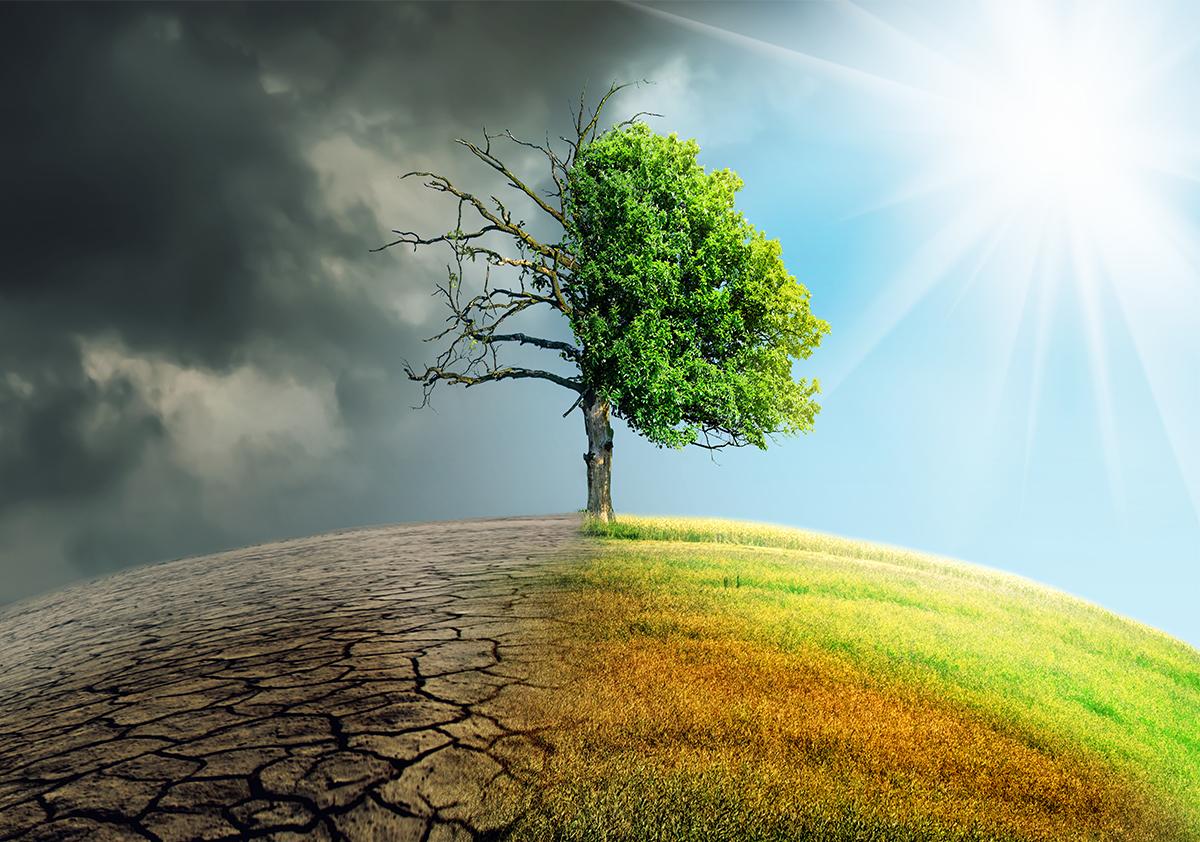Animals are drastically affected by global climate change, and humans are the primary contributing factor. The rate of change is faster than the Earth has experienced in the last million years, and we must act now before it is too late.
What is global warming?
The sun’s light passes through the atmosphere and most of it is absorbed by Earth’s surface, with excess heat radiating from the surface back towards space. Greenhouse gasses in the atmosphere act as a blanket and trap the excess heat. The gasses are thus prevented from escaping, and surface temperatures are raised as a result. The higher the concentration of greenhouse gasses, the greater this “greenhouse effect” works to trap heat around the planet contributing to an overall increase in temperatures known as global warming.
How are global warming and climate change linked?
Global warming increases the temperatures of the Earth’s surface, including oceans. This causes changes in weather patterns over an extended period of time, which should not be confused with weather in the short term. These overall weather pattern changes are known as climate change.
How have humans contributed to climate change?
Humans release unprecedented levels of heat-trapping and ozone layer depleting greenhouse gasses into the atmosphere, leading to global warming and climate change.
Methane, a hydrocarbon gas, is primarily produced by human activities, including the decomposition of wastes in landfills, agriculture, and livestock raised for human consumption.
Carbon dioxide is released through natural processes, such as respiration and volcano eruptions, and through human activities such as deforestation and burning fossil fuels. Humans have increased atmospheric CO2 concentration by more than a third since the Industrial Revolution began.
Nitrous oxide is a powerful greenhouse gas produced by fossil fuel combustion, soil and fertilizer cultivation practices, and the burning of biomass.
Chlorofluorocarbons (CFCs) are synthetic compounds made for industrial purposes. These greenhouse gasses deplete the ozone layer – the layer of the atmosphere responsible for shielding the Earth and its inhabitants from a portion of the sun’s radiation. Although the industrial use of CFCs is regulated, these harmful greenhouse gasses are present in air-conditioners and refrigerants, insulations and packing materials, solvents, and aerosol cans.
Water vapor, while “natural” can become lethal too. As temperatures increase, the bodies of water that cover the vast majority of Earth’s surface release increasingly larger amounts of water vapor into the air. Water vapor in the atmosphere also acts to trap heat, creating more clouds and precipitation, and accounts for nearly 80% of the total greenhouse mass in the atmosphere. Water vapor not only increases Earth’s surface temperatures through its participation in the greenhouse effect, but it also increases precipitation and alters weather patterns over time (i.e. climate change). As temperatures continue to increase, the vicious cycle of excess heat being trapped and even more water vapor entering the atmosphere continues unabated, finally ending in a planet too hot for us and most species to survive.
How does climate change impact animals?
Animals have paid the price for human-induced climate change in many ways. Here are some examples.
Recent discoveries of the perilous conditions of the Earth’s oceans, which cover over 71% of the planet, indicate massive disruptions to marine ecosystems primarily due to climate change. “Warmer waters impact almost every aspect of ocean welfare, from coral bleaching to fish migration patterns and even alter oceanic currents. Warming causes chaos within marine life, which takes biological cues from temperatures to know when to spawn.”
In July of 2022, The Washington Post reported that the climate crisis is currently killing twenty times more African elephants than poaching! Kenya is facing it’s worst drought in over 40 years, and so far at least 179 elephants has suffered enormously and died of thirst.
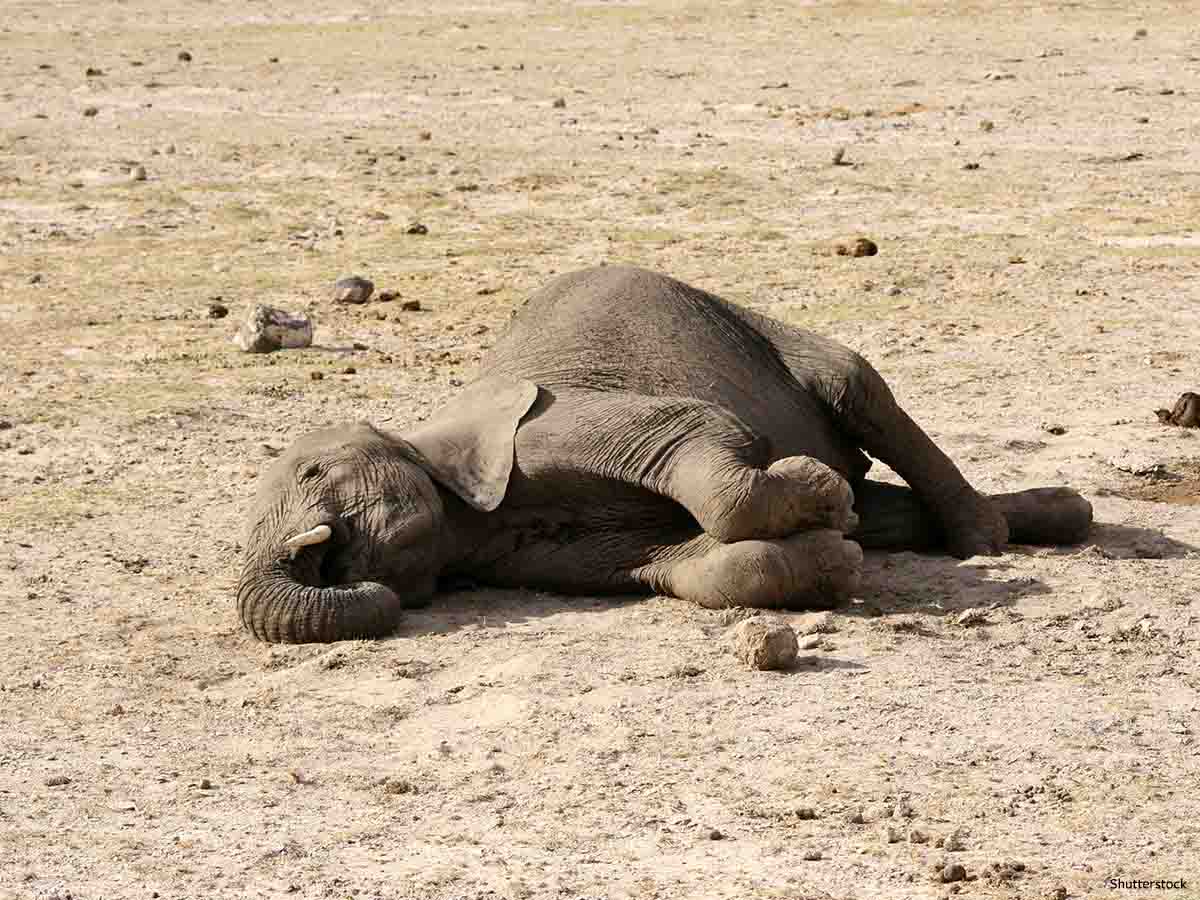
As of 2022, emperor penguins are listed as a threatened species under the Endangered Species Act because of the challenges they face from the climate crisis. Emperors are the largest penguin species and can reach a height of over four feet. If the current trends of carbon emissions and rising temperatures continue, scientists predict that the emperor penguin population will decline by over 25% by 2050. Rising temperatures contribute to the melting of sea ice, which penguins depend on to raise their chicks. These penguins' primary food source, krill, is also vanishing due to ocean acidification, fishing, and ice melt. Their species' survival depends on reducing carbon emissions and mitigating the effects of the climate crisis.
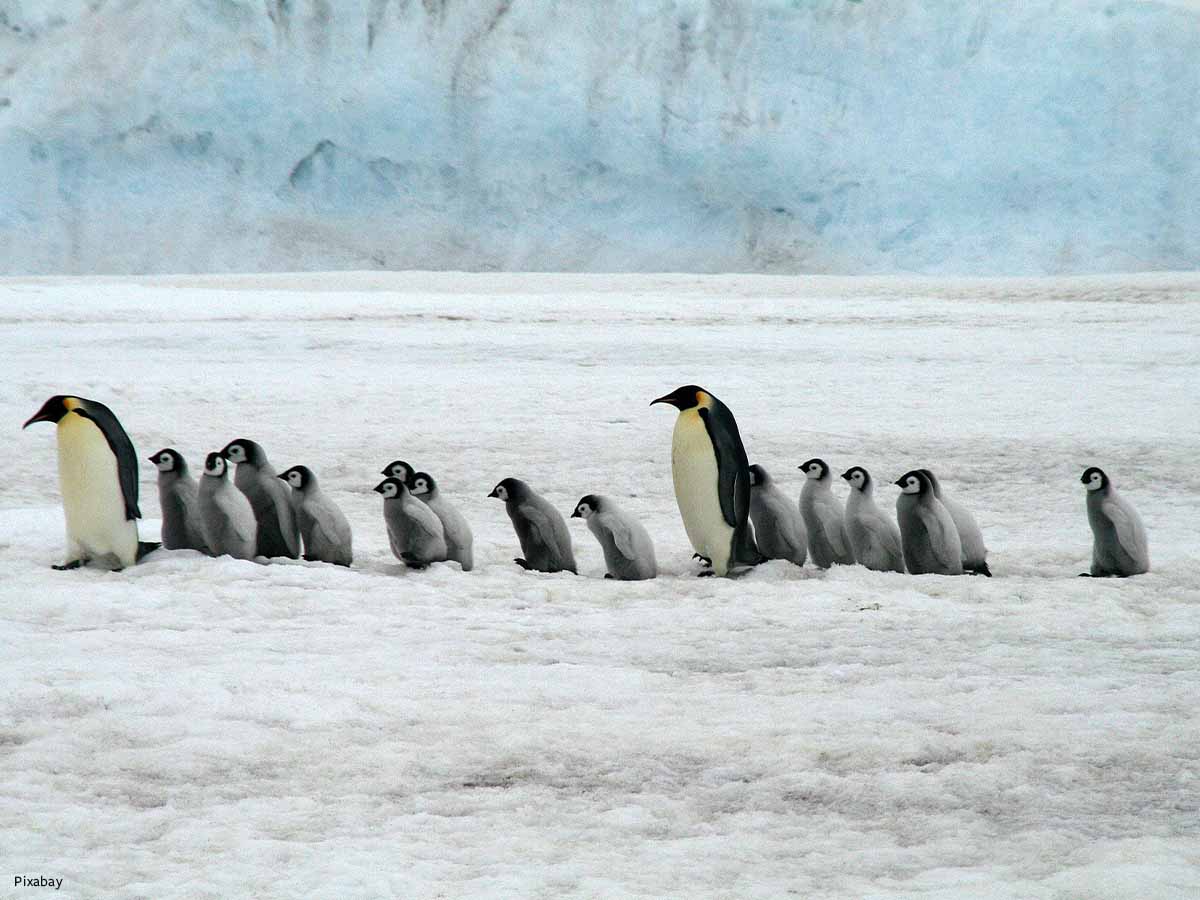
Nearly 190 sea turtles died off of the coast of Cape Cod, Massachusetts due in part to an unprecedented weather system, caused by warming sea surface temperatures and sea level rise. Gale force winds, high tides, and unusually cold temperatures incapacitated migrating turtles, many of whom were found frozen as they traveled south in search of warmer water to lay their eggs.
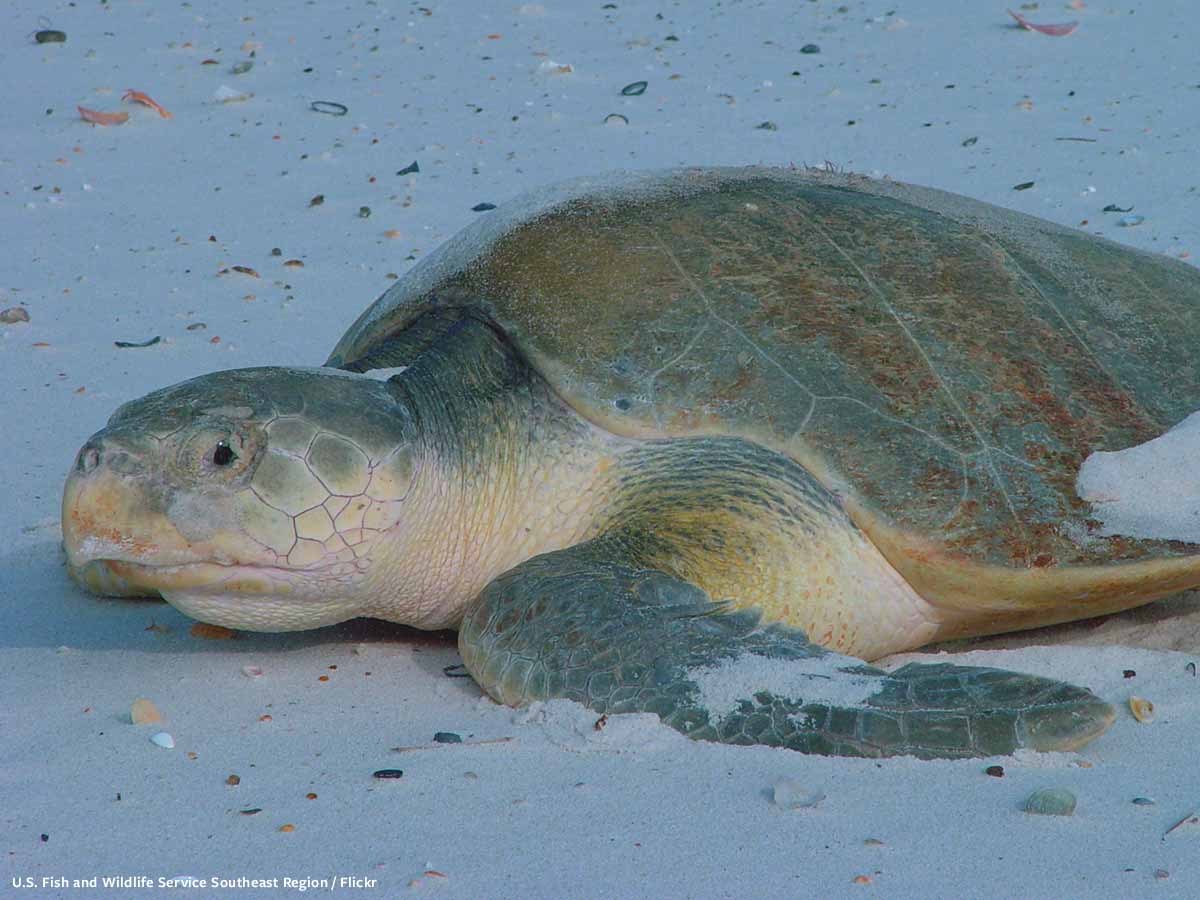
Fifty polar bears invaded a small island approximately 1,200 miles north of Moscow, Russia after melting Arctic sea ice forced them onto land in search of food, increasing the likelihood of deadly encounters with humans.
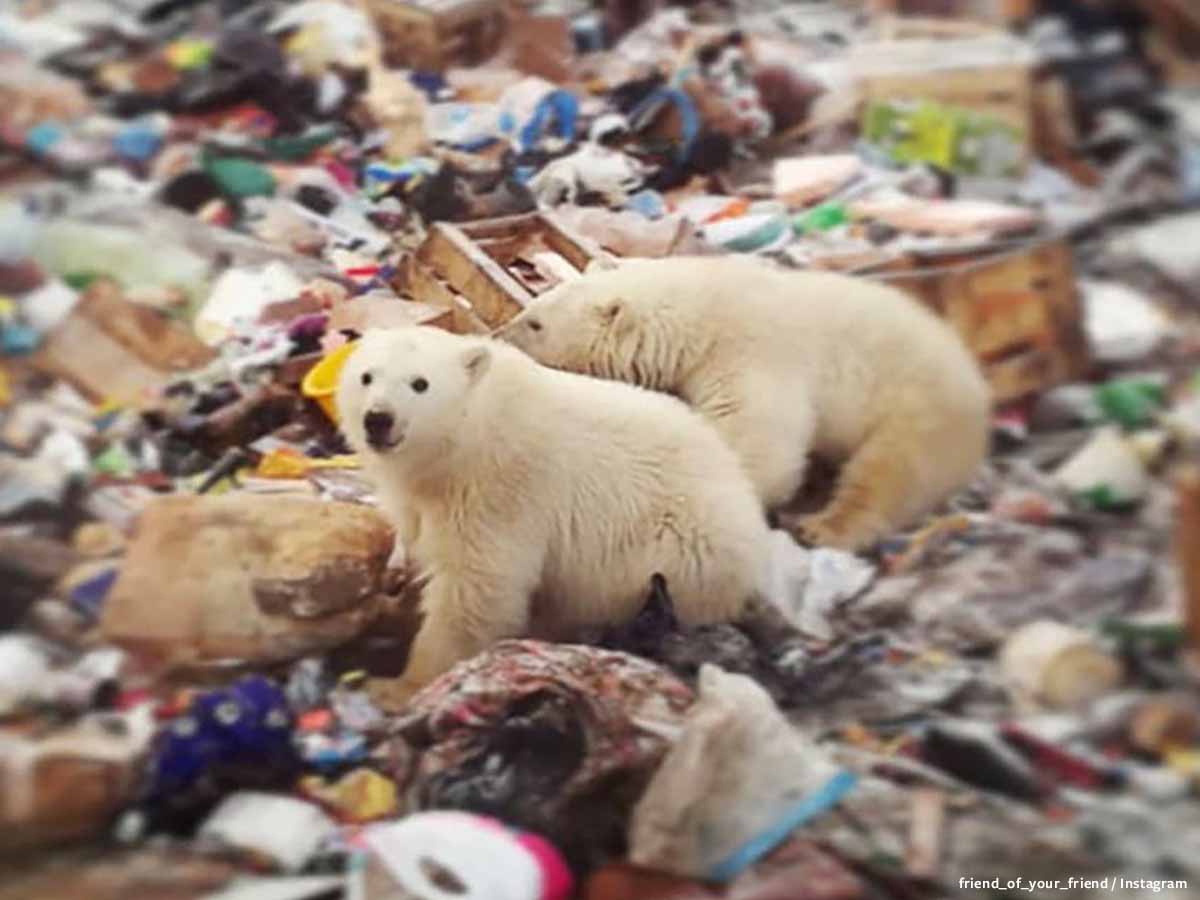
Approximately 23,000 speckled flying foxes died over a span of two days during a record-breaking heatwave. This species, which lost one third of its population during this event, is only found in a small rainforest region in Queensland, Australia, where these bats play a vital role in pollinating native trees.
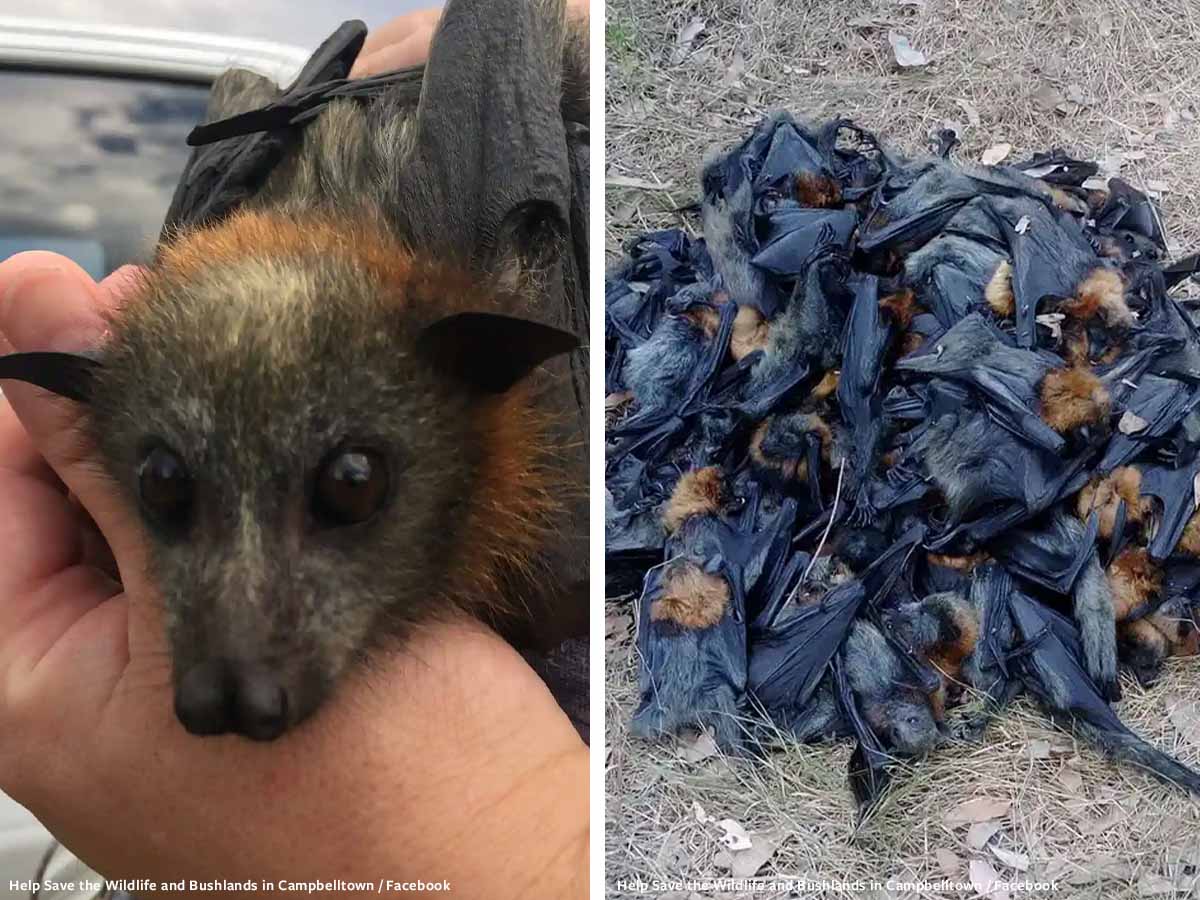
An estimated 80,000 reindeer died in Siberia from starvation. Warmer temperatures caused the nearby Arctic sea ice to melt, and exposed the warmer Atlantic water below. The newly exposed water was released as water vapor into the air, leading to increased cloud production and rainfall. When temperatures dropped drastically over 10,000 square miles of the southern part of the Yamal Peninsula, thousands of reindeer were incapable of breaking through the thick, newly formed ice to access lichen and plants below.
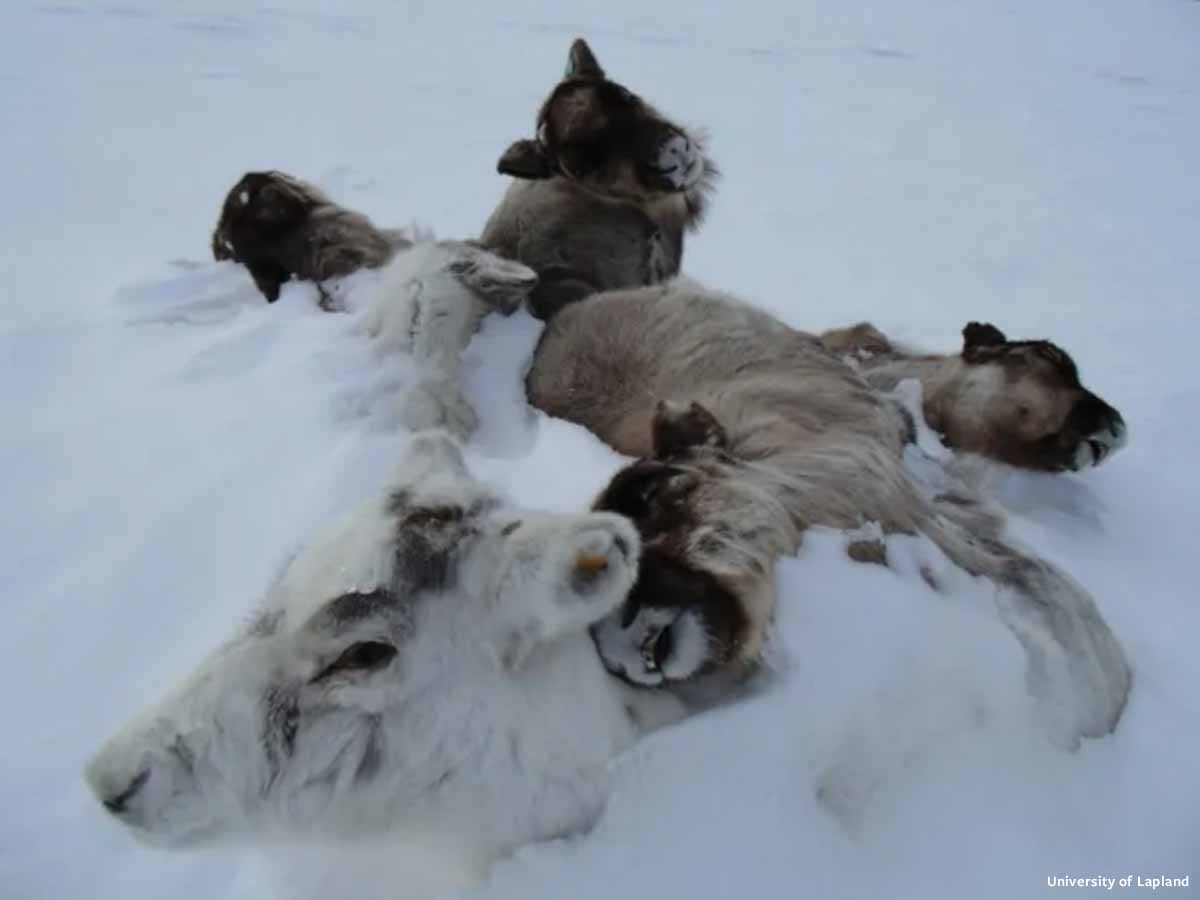
The Bramble Cay melomys, a small rodent species which inhabited a coral island off the coast of Australia, became the first known mammal to become extinct due to “human-induced climate change.” Rising sea levels cause widespread habit destruction over the past decade.
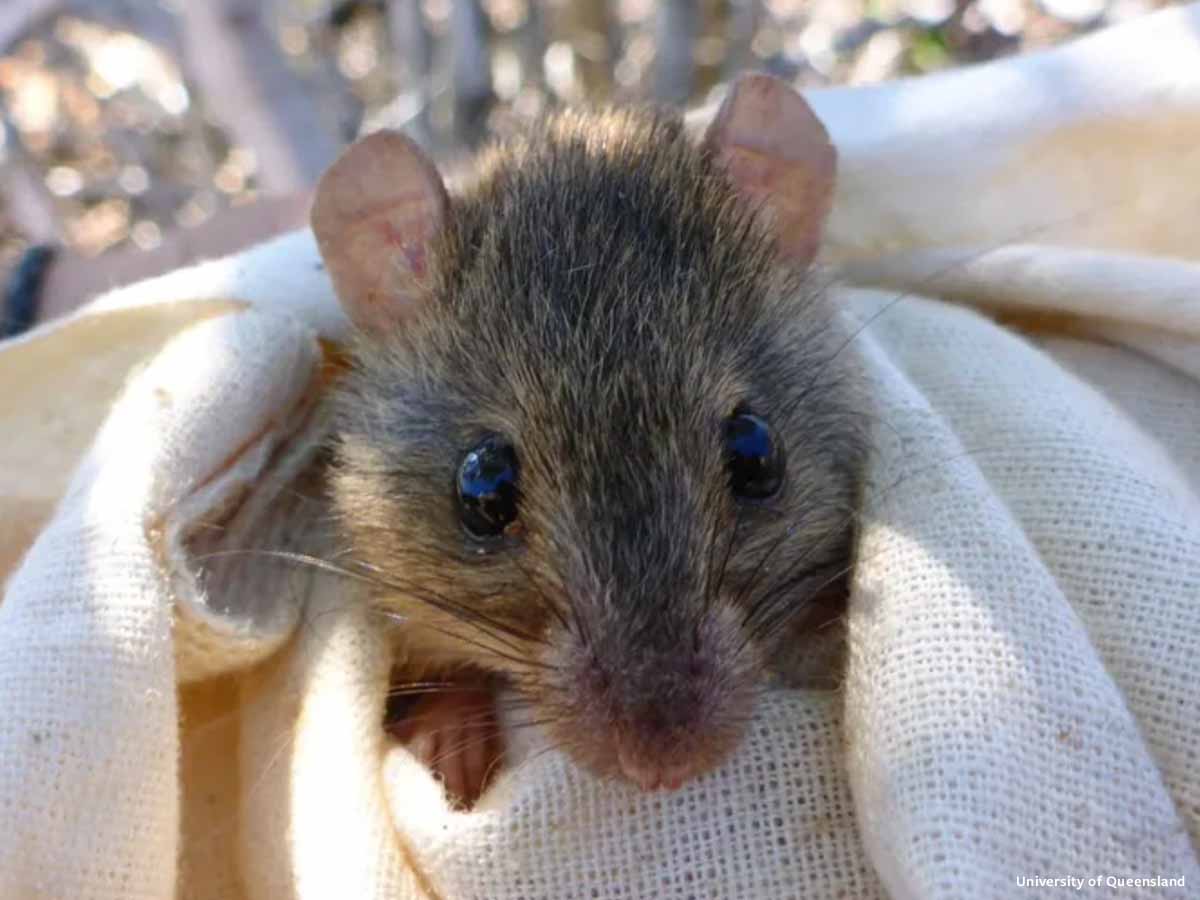
Although often overlooked, human-driven habitat loss, pollution, and climate change “may lead to the extinction of 40 percent of the world’s insect species over the next few decades.” The loss of nearly half of all insects would also lead to the loss of the animals who rely on them for as a food source. Losing key pollinators and insects needed to pollinate crops and to keep soil healthy would have a devastating impact on agriculture and the economy, and prohibit feeding our rapidly increasing human population.
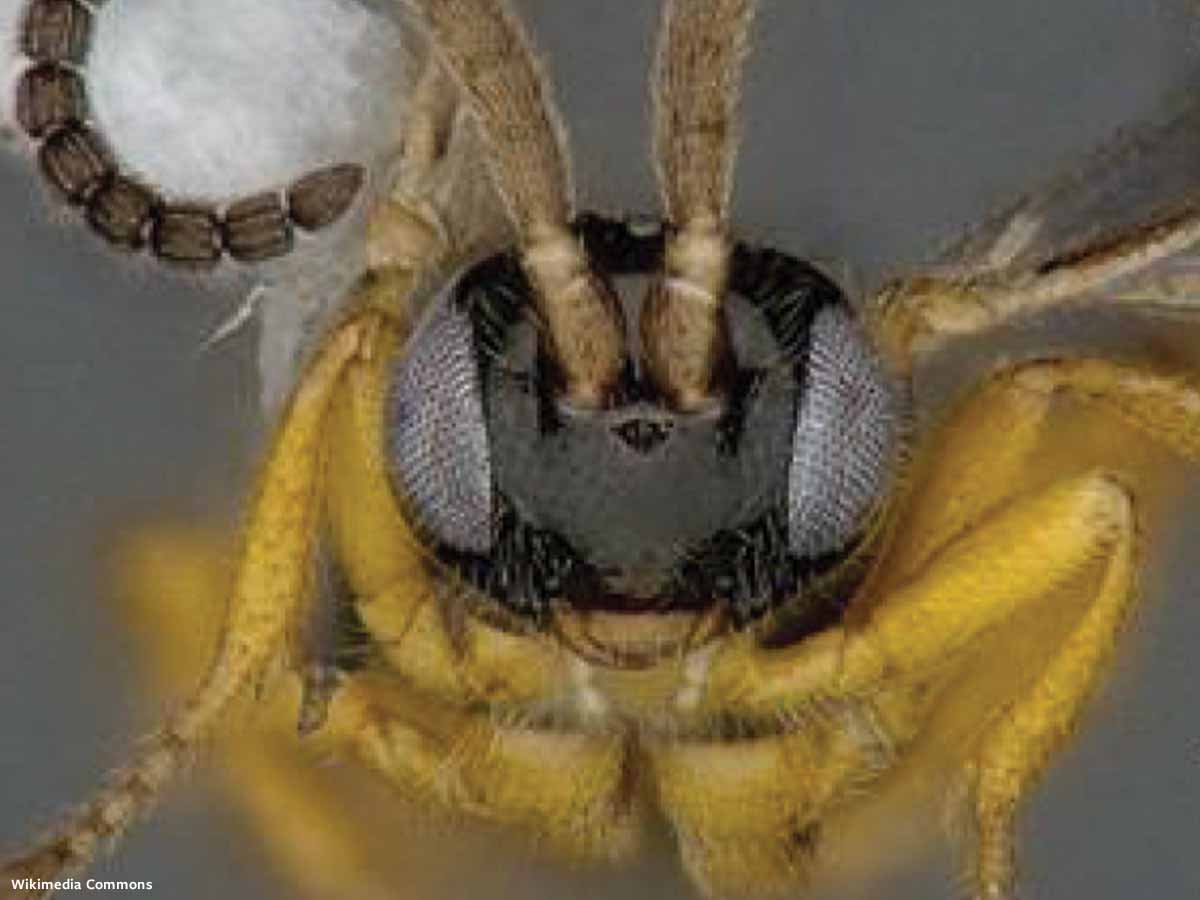
How Can We Help Animals And Protect the Planet We Call Home?
 From altering migratory and behavioral patterns and limiting the availability of food and water, to destroying habitats and wiping out entire species, humans are responsible for threatening the survival of animals by the lifestyle choices we make.
From altering migratory and behavioral patterns and limiting the availability of food and water, to destroying habitats and wiping out entire species, humans are responsible for threatening the survival of animals by the lifestyle choices we make.
Our rapidly increasing human population is the single greatest contributor to climate change and the destruction of animal habitats worldwide. Every single person on Earth requires space, food, water, and infrastructure such as hospitals, schools, grocery stores as well as raw resources. With 360,000 births per day, a staggering number that is double the number of deaths, animals will continue to be harmed and displaced at a reckless and overwhelming pace.
As Gwynn Mackellen, a California recycling consultant, who is based in California voices, “I work in the waste industry, and our waste is the downstream of people. It’s not people being bad; it’s just the effects of people. Just as it’s not only bad people deforesting, the trees are being cut down on our behalf. Plastic waste is being dumped and minerals are being mined not because of bad people, but because of people. Having fewer of us, there will be less of those effects.”
Human population growth is exponential, meaning that every single person has the ability to make a significant impact by recognizing that the biggest negative or positive environmental impact you can have will directly relate to your choice of whether you choose to replicate yourself or not, respectively, and by how many. While this is by far the most impactful decision you can make to combat climate change on behalf of animals, there are also other things you can do, or strive to do including living a car-free lifestyle, not flying, and eating plant-based foods. We can and should all work together to all do our very best to combat climate change so every species can have a bright future.


